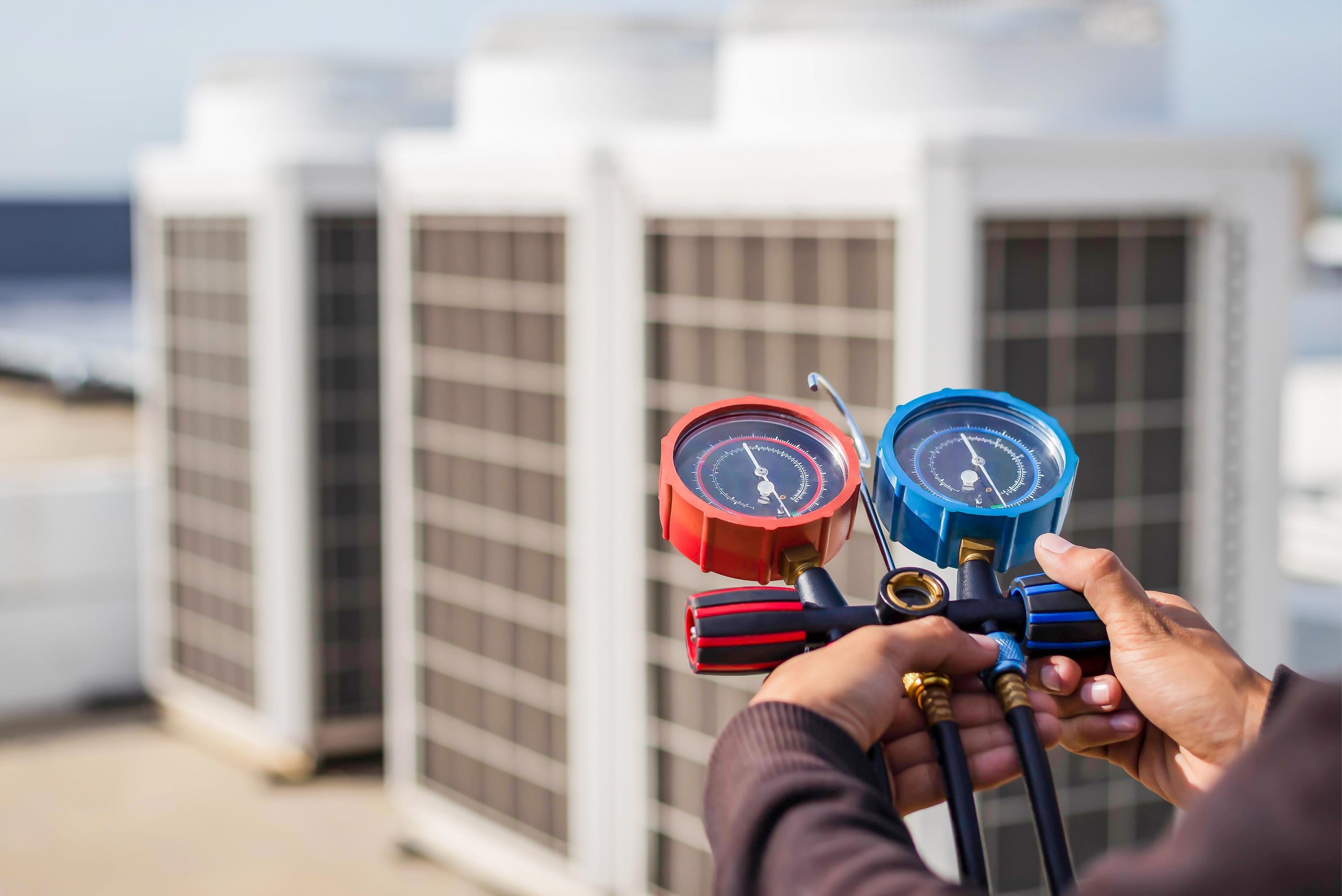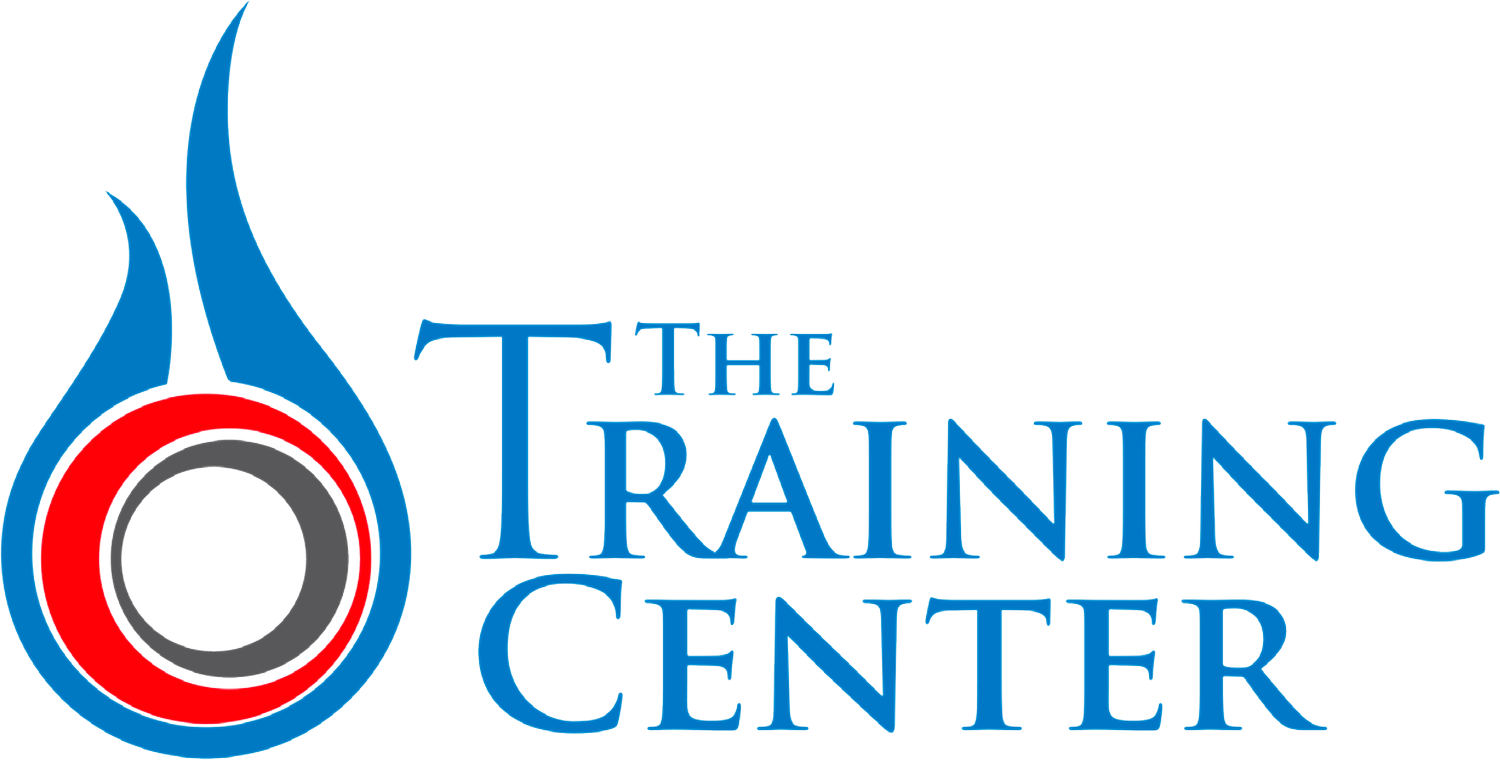
State by State Progression of HFO/A2L Refrigerants
HFO/A2L Refrigerants
As concerns about the environmental impact of high global warming potential (GWP) refrigerants such as HFC’s have grown, the search for eco-friendly alternatives with a focus of environmental protection has intensified. Hydrofluoroolefin (HFO), A2L refrigerants (a flammability class), and associated blends have emerged as promising substitutes. This is all due to their low global warming potential, zero ozone depletion potential (ODP), increased efficiency over natural refrigerants like carbon dioxide, and lower flammability compared to hydrocarbon refrigerants (HC) or alternative refrigerants currently available. While they do pose some risks with flammability and toxicity, they are growing more and more popular even with regulatory oversight by state governments and the Environmental Protection Agency (EPA) stemming from the Montreal Protocol’s efforts to preserve the ozone layer. Let’s explore the U.S. states that have embraced new refrigerants classified as HFO/A2L in commercial refrigeration as well as residential refrigeration systems - like heat pumps for energy efficiency - highlighting their commitment to reducing greenhouse gas emissions and promoting Environmental protection.
California
California has been a trailblazer in environmental initiatives, and its commercial refrigeration and residential refrigeration systems sector is no exception. The state adopted regulations and ASHRAE standards in 2019 that require a transition to lower-GWP refrigerants, including HFOs and A2L refrigerants such as r1234yf commonly used in the automotive industry. These regulations apply to both new and commercial refrigeration chillers and retrofit air conditioning systems which are being written into building codes. The California Air Resources Board (CARB) has provided guidelines and resources to support the industry's transition, promoting safety standards training on flammable a2l refrigerants and the use of alternative HFO refrigerants that are safe and have a focus of environmental protection.
New York
New York is another state leading the way in the adoption of HFO/A2L refrigerants in commercial refrigeration and residential refrigeration systems. Recognizing the importance of reducing greenhouse gas emissions, the state has implemented stringent regulations to promote the transition of hydrofluoroolefins and phase out the higher GWP HFC refrigerants. The New York State Department of Environmental Conservation (DEC) has set standards that encourage the use of low-GWP refrigerants, including HFOs and A2Ls. By adopting these alternatives, and a ban on obsolete refrigeration equipment, New York aims to mitigate climate change and improve air quality partially through new heating and air conditioner systems.
Connecticut
Connecticut has also taken significant steps toward utilizing HFO/A2L refrigerants in residential air conditioning. The state's Department of Energy and Environmental Protection (DEEP) actively supports the transition to environmentally friendly ASHRAE approved alternatives. They have encouraged contractors and technicians to become certified in handling these flammable refrigerants safely. Through training programs and awareness campaigns, Connecticut aims to create a knowledgeable workforce capable of making the transition from HFC hydrofluorocarbons to low GWP values found in hydrofluoroolefins HFO’s.
Maryland
Maryland has demonstrated its commitment to sustainable cooling and air conditioning practices by promoting the use of HFO/A2L refrigerants. The Maryland Department of the Environment (MDE) has initiated efforts to phase out high-GWP refrigerants such as HFC’s, encouraging the adoption of low-GWP hydrofluoroolefins HFO alternatives. The MDE provides resources and technical support to stakeholders, facilitating a smooth transition. By embracing HFO/A2L refrigerants, Maryland aims to zero out ozone depletion potential and global warming potential to protect the environment.
Vermont
Vermont is known for its environmentally conscious policies, and the state has made significant strides in promoting the use of low GWP alternatives such as HFO/A2L refrigerants. The Vermont Agency of Natural Resources (ANR) recognizes the importance of sustainable cooling and air conditioning solutions and has encouraged the adoption of low-GWP hydrofluoroolefin refrigerants. By incentivizing the transition through programs and initiatives for both education and new equipment, Vermont aims to create a greener and more energy-efficient residential air conditioning and cooling sector.
The adoption of HFO/A2L refrigerants in commercial refrigeration and residential air conditioning units is gaining momentum across various U.S. states. California, New York, Connecticut, Maryland, and Vermont have emerged as leaders in promoting sustainable practices and reducing greenhouse gas emissions. Through regulations, flammable refrigerant safety programs, and technical support, these states are encouraging the transition to low-GWP refrigerants. By embracing zero ODP and low GEP hydrofluoroolefins they not only contribute to global efforts to combat the decline of stratospheric ozone levels as well as climate change but also set an example for others to follow. As more states recognize the benefits of HFO/A2L refrigerants, we can expect further expansion of their usage in the commercial refrigeration and residential air conditioning sector, fostering a more sustainable, energy efficient world all with a focus of mitigation towards environmental issues.
